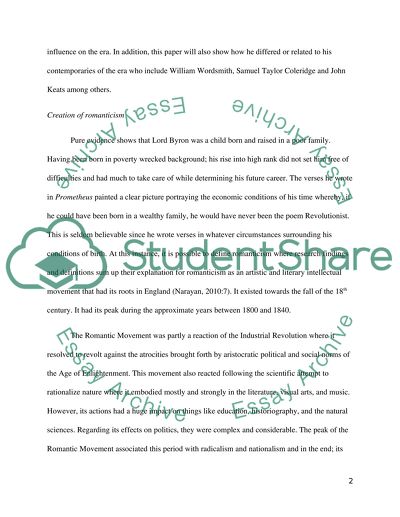Cite this document
(“The Relationship Between Lord Byron and the Romantic movement Essay”, n.d.)
Retrieved from https://studentshare.org/literature/1398242-the-relationship-between-lord-byron-and-the
Retrieved from https://studentshare.org/literature/1398242-the-relationship-between-lord-byron-and-the
(The Relationship Between Lord Byron and the Romantic Movement Essay)
https://studentshare.org/literature/1398242-the-relationship-between-lord-byron-and-the.
https://studentshare.org/literature/1398242-the-relationship-between-lord-byron-and-the.
“The Relationship Between Lord Byron and the Romantic Movement Essay”, n.d. https://studentshare.org/literature/1398242-the-relationship-between-lord-byron-and-the.


